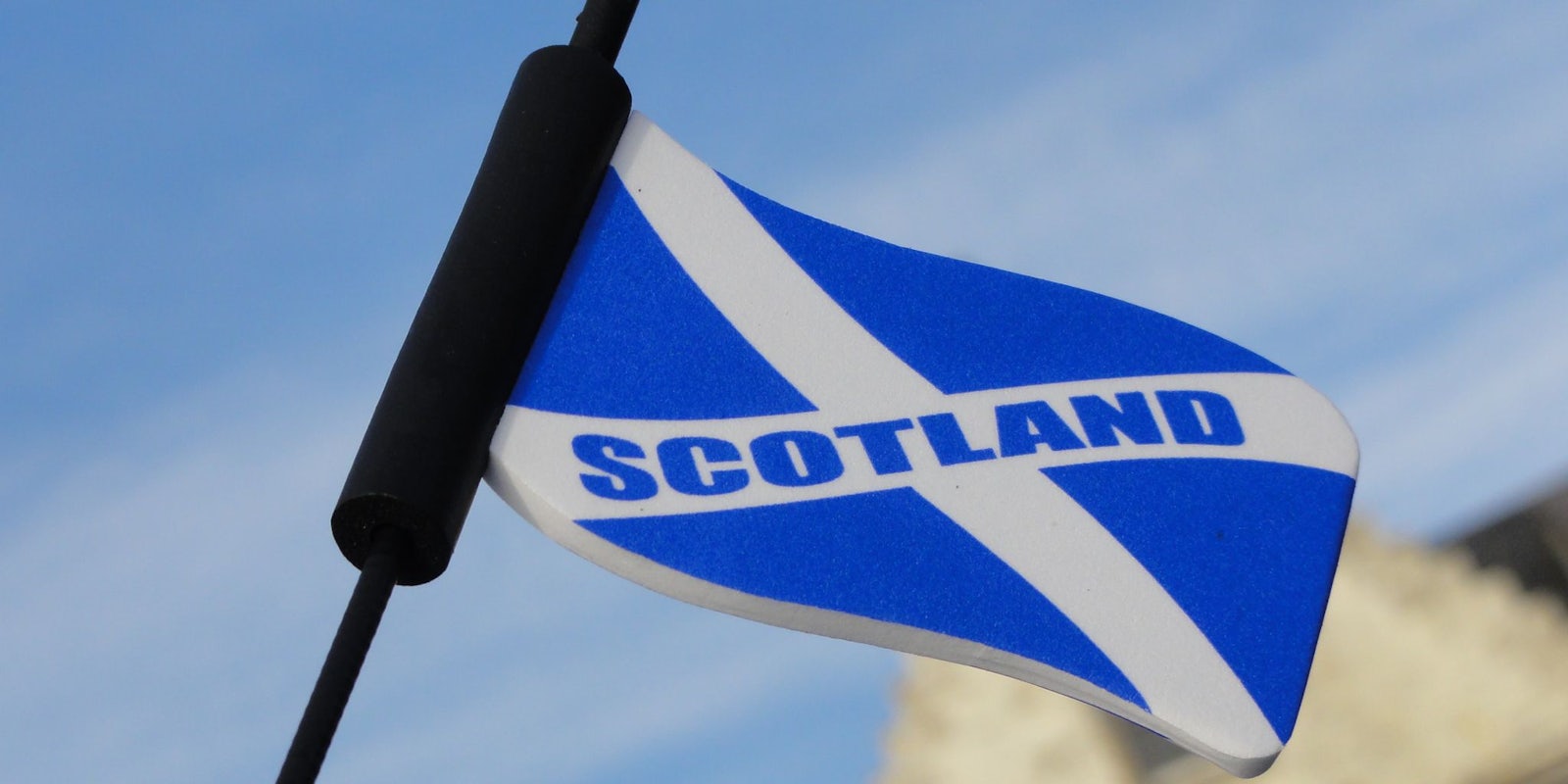Over the past five weeks, Facebook has seen over 10 million interactions about the Scottish independence referendum. Considering the fact that no one in Scotland can shut up about it, it’s no surprise that 85 percent of those interactions came from within the country itself.
For many Scots, the independence referendum is the most divisive political event of a lifetime. Polls show that the two sides of the debate are neck-and-neck, with the outcome of Thursday’s vote almost impossible to predict.
But over on Facebook at least, the Yes campaign seems to be winning. More than 300,000 people have Liked the Yes page, while the anti-independence Better Together campaign only has about 207,000. One possible explanation is that supporters of the Better Together campaign tend to skew older, while the younger pro-independence voters may be more likely to make their opinions known on social media.
Facebook is also introducing an “I’m a voter” button, which will show up in the feeds of anyone eligible to vote. In Scotland that’s everyone over the age of 16. The country recently hit a record 97 percent voter registration rate ahead of the independence referendum vote.
Elizabeth Linder, Facebook’s European politics and government specialist, told the Guardian that the ‘I’m a Voter’ button will help ensure users get out to the polls.
“Studies show that when people see their Facebook friends talking about voting, they are more likely to vote themselves,” Linder said. “We hope the ‘I’m a Voter’ button will make it easy for voters to share that they are taking part in the referendum at the end of months of debate and discussion.”
Since everyone in Scotland has been arguing about the referendum for the past month, we can understand why Facebook went for the neutral “I’m a voter” option, rather than suggesting that people broadcast their opinions any more than they already do.
Photo via twicepix/Flickr (CC BY-SA 2.0)


